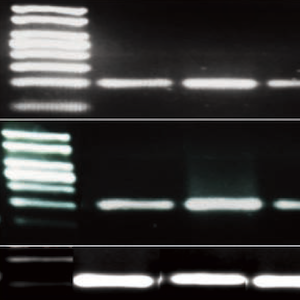Ultraviolet-C irradiation of wheat grains induces seedling resistance to leaf rust and powdery mildew disease

HTML: 99
All claims expressed in this article are solely those of the authors and do not necessarily represent those of their affiliated organizations, or those of the publisher, the editors and the reviewers. Any product that may be evaluated in this article or claim that may be made by its manufacturer is not guaranteed or endorsed by the publisher.
Ultraviolet-C (UV-C) irradiation of grains activated the antioxidant system and wheat seedlings’ resistance to leaf rust and powdery mildew disease under greenhouse conditions. Two wheat cultivars (Gemmeiza-12 and Sids-1) with dry and germinated grains were treated with UV-C at three exposure times (5, 10, and 15 minutes). The results indicated that the percentages of disease severity and infection type for leaf rust and powdery mildew on wheat seedlings were significantly reduced when exposed to UVC at all exposure times compared to the untreated control. The most effective treatments for both cultivars were obtained in seedlings grown from germinated grains treated with UV-C for 10 minutes. Furthermore, UV-C irradiation treatments improved plant resistance to infection by activating certain defense genes, thereby increasing the production of resistance compounds that support defense mechanisms against pathogens. Our results demonstrated that UV-C for 10 minutes can induce resistance in wheat seedlings while also increasing total chlorophyll, total phenolic compounds, phenylalanine ammonia-lyase, and peroxidase activity. In addition, phenylalanine ammonia-lyase mRNA expression levels were significantly increased in seedlings growing from germinated grains treated with UV-C for 10 minutes, as compared to both infected and uninfected controls. These findings demonstrate the potential for additional UV-C radiation treatments to enhance disease resistance.
How to Cite

This work is licensed under a Creative Commons Attribution-NonCommercial 4.0 International License.
PAGEPress has chosen to apply the Creative Commons Attribution NonCommercial 4.0 International License (CC BY-NC 4.0) to all manuscripts to be published.

 https://doi.org/10.4081/ija.2023.2201
https://doi.org/10.4081/ija.2023.2201







